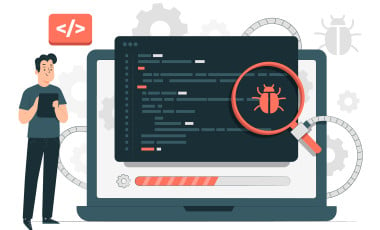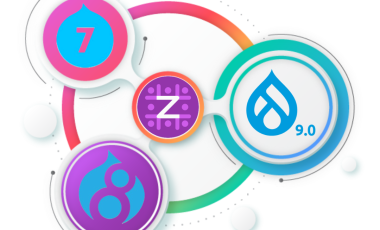Quality Assurance
Defect severity classification in software testing (with an example)
For your better understanding consider the following example.
Eg: Our Drupal website functionality is to allow registered users to advertise their properties for selling. Site provides these members the facility to upload images using an image uploader and add all other details about his property. Once this advertisement has been approved and published, all these details including images can be viewed by all users.
Issues found while testing the image uploading feature are:
- Issue 1: The user is not able to upload image.
- Issue 2: The image uploading is too slow when concurrent users access the system.
- Issue 3: Alt text for image is missing.
- Issue 4: Button name for uploading image contains spelling errors.
Please check the following classifications to know the severity that we are going to set in the issues found during the testing phase.
- Critical:
A failure which affects critical functionality or critical data is categorized under the category Critical. Issue 1 is reported as critical issue as this defect affects critical functionality. - Major:
A failure which affects major functionality or major data is categorized under the category Major. Issue 2 is reported as Major as this is a performance issue. - Minor:
The errors that affect minor requirements or non-critical data are classified under the category Minor. Issue 3 is reported as Minor as this issue doesn't affect any critical data. - Trivial:
This bug does not affect functionality or data. It is just only an inconvenience. Issue 4 will be reported as Trivial.
The meaning of the actual terminologies can differ depending on people, projects, organizations, or bug tracking tools.



